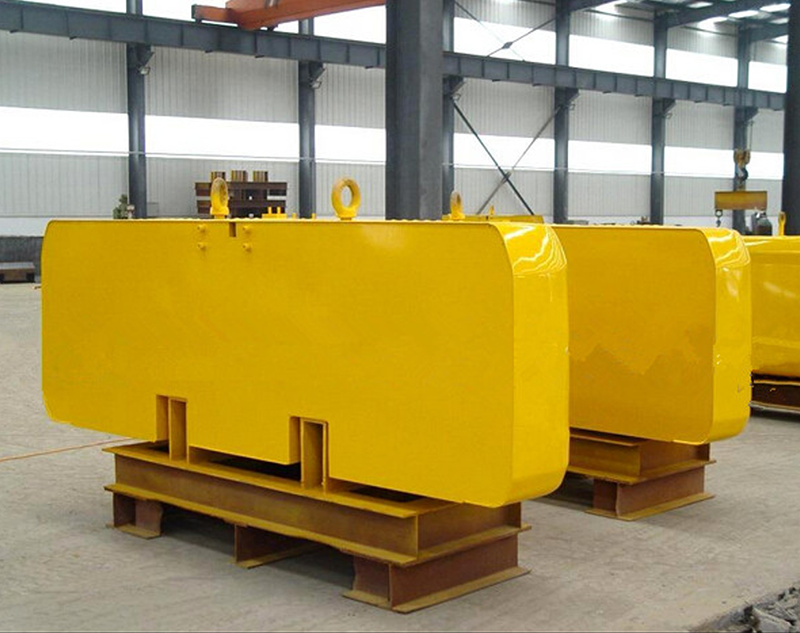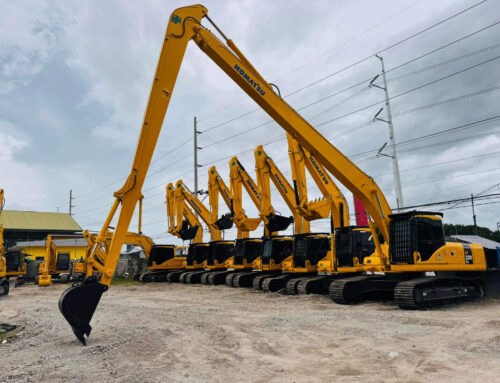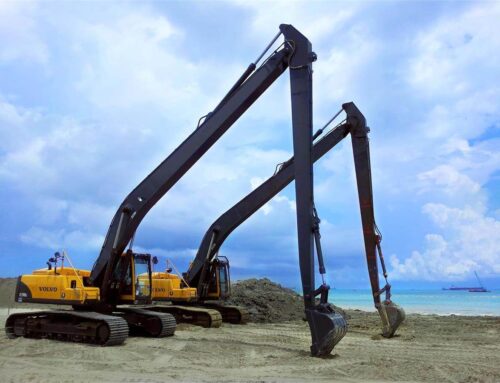When it comes to optimizing the performance and safety of an excavator equipped with a long reach boom, selecting the appropriate counterweight is crucial. The counterweight plays a pivotal role in maintaining balance and stability, particularly when operating in challenging conditions or handling heavy loads at extended distances. This guide will delve into the factors that influence the selection of counterweight for long reach boom excavator, including the tonnage of the excavator and the length of the long reach boom.
Understanding the Role of Counterweight for Long Reach Boom Excavator
Counterweight for long reach boom excavator are vital components in excavators, especially those equipped with long reach booms. These counterweights are designed to offset the weight of the boom and any load it might be carrying, ensuring that the excavator remains stable and does not tip over during operation. Without the proper counterweight, an excavator risks losing its balance, which can lead to severe operational hazards, including tipping, reduced precision, and potential damage to both the machine and the worksite.
Key Factors in Choosing Counterweight for Long Reach Boom Excavator
- Tonnage of the Excavator: The weight and capacity of the excavator itself are primary considerations when choosing a counterweight. Heavier excavators generally require more substantial counterweights to maintain balance, especially when a long reach boom is attached.
- Length of the Long Reach Boom: The length of the boom directly affects the leverage exerted on the excavator. A longer boom increases the tipping moment, necessitating a heavier counterweight to counteract this force.
- Operational Environment: The terrain and type of work being performed also influence counterweight selection. For instance, working on uneven ground or handling particularly heavy materials may require adjustments to the counterweight to ensure stability.
- Manufacturer’s Recommendations: Always refer to the manufacturer’s guidelines for your specific excavator model. These recommendations are based on extensive testing and are crucial for ensuring safe operation.
Types of Counterweight for Long Reach Boom Excavator
- Fixed Counterweights: These are standard on most excavators and are designed to balance the machine under normal operating conditions. They are typically cast iron or steel and are mounted permanently on the rear of the excavator.
- Additional Counterweights: For operations involving long reach booms or exceptionally heavy loads, additional counterweights can be added. These can be bolted onto the existing counterweight or mounted in other designated areas of the excavator.
- Adjustable Counterweights: Some modern excavators are equipped with adjustable counterweights, which can be moved or adjusted to fine-tune the balance depending on the current load and boom configuration.
- Modular Counterweights: These are made up of multiple pieces that can be added or removed as needed. They offer flexibility in adjusting the counterweight to match varying operational requirements.
Matching Counterweight to Excavator Tonnage and Boom Length
Choosing the right counterweight involves balancing the machine’s tonnage with the length of the boom. Below are some general guidelines for common excavator sizes and boom lengths:
- 20-25 Ton Excavators with 15-18 Meter Boom: For mid-sized excavators with a long reach boom of 15-18 meters, a counterweight of approximately 3-5 tons is typically recommended. This provides adequate balance for the extended reach while allowing the machine to maintain maneuverability.
- 30-35 Ton Excavators with 18-22 Meter Boom: Larger excavators with booms extending between 18 and 22 meters may require counterweights in the range of 5-8 tons. The increased boom length adds significant leverage, necessitating a heavier counterweight to prevent tipping.
- 40-45 Ton Excavators with 22-26 Meter Boom: For even larger machines with ultra-long reach booms, counterweights of 8-12 tons might be necessary. These machines often operate in extreme conditions, such as dredging or demolition, where stability is paramount.
- 50 Ton and Above with 26-30 Meter Boom: The largest excavators with the longest booms require the heaviest counterweights, often ranging from 12-18 tons. These setups are typically used in specialized applications, such as deep trenching or large-scale marine work, where balance and stability are critical.
Practical Considerations
- Transport and Installation: Heavier counterweights can present challenges in transport and installation. It’s essential to plan for these logistics, ensuring that the equipment required to move and mount the counterweight is available and adequate.
- Dynamic Load Conditions: Consider the dynamic nature of the load. If the excavator will be swinging a heavy load at a long reach, additional counterweight may be necessary to account for the increased centrifugal force.
- Terrain and Ground Conditions: Soft or uneven ground can reduce the effective stability of the excavator. In such cases, a heavier counterweight might be necessary to maintain balance.
- Maintenance and Inspection: Regularly inspect the counterweight and its mounting points for wear and damage. Ensuring the counterweight is secure and in good condition is essential for safe operation.
Conclusion
Choosing the correct type and weight of counterweight for long reach boom excavator equipped with a long reach boom is a critical decision that impacts the machine’s safety, efficiency, and overall performance. By carefully considering the excavator’s tonnage, the length of the boom, and the specific operational environment, operators can ensure they select the appropriate counterweight for their needs. Always refer to the manufacturer’s recommendations and consult with experts if unsure about the best choice for your specific setup. Proper counterweight selection is not just a matter of compliance; it’s essential to the safe and efficient operation of your excavator, especially when extended reach and heavy loads are involved.






Leave A Comment